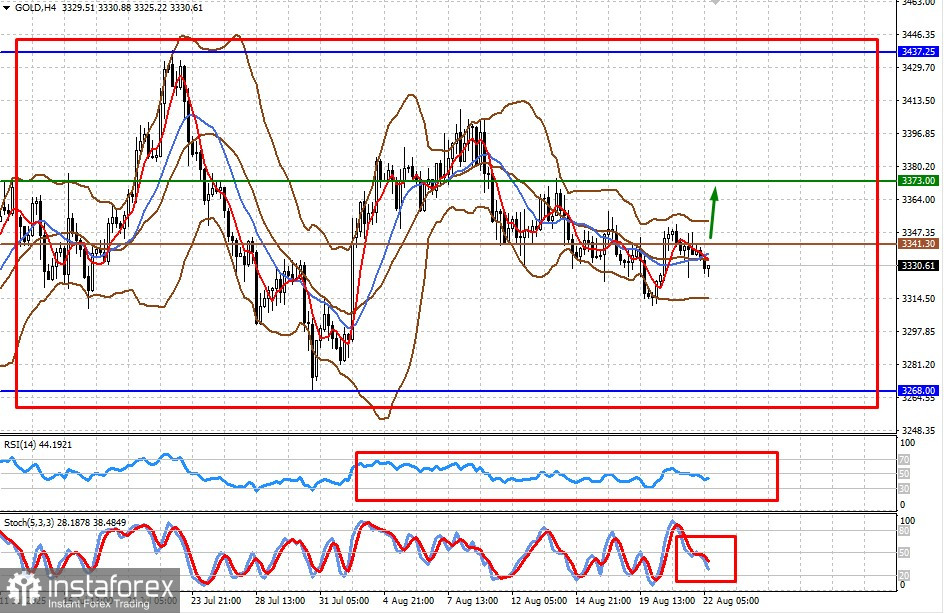Today's key event—likely not only for the day, but for the coming years—will be the speech by the U.S. Federal Reserve Chair Jerome Powell. Markets expect a programmatic statement from him that could have a substantial long-term impact.
It is difficult to predict exactly what he will say, but one thing is clear: the period since 2020, when the U.S. had relatively low inflation amid the COVID-19 pandemic and its aftermath, allowing the Fed to keep interest rates at historically low levels, is over. When inflation began to rise in 2022, driven by the social measures introduced to protect Americans from COVID's spread—which severely disrupted supply chains and the broader economy—the Consumer Price Index peaked at 9.1%. This forced the adoption of a "floating" monetary policy model, shaping the Fed's consistent effort to bring inflation back to its 2% target.
Since then, much has changed, and the U.S. economy has faced systemic issues that needed to be addressed, taken on by the 47th president. His approach may have seemed eccentric, but under current conditions, it made sense. His expectation that inflation would prove temporary rested on the assumption that America's satellite countries—primarily in Europe, as well as Japan, Korea, and others—would face export tariffs under newly reached agreements, while the U.S. would not. This would allow Washington to accumulate significant revenues at their expense. These countries would have no ability to offset transaction costs by raising prices, leaving their goods uncompetitive. According to Trump's plan, this should eventually support U.S. domestic producers. Whether this materializes remains to be seen.
Returning to Powell's upcoming statement, it is unlikely that he will speak directly about keeping or cutting rates in September. However, the introduction of a new monetary policy framework could indicate a shift away from the strict 2% inflation target, potentially tolerating a higher level—say, around 3%. If confirmed, this would be a powerful positive signal for stock markets, not just in the U.S. but globally, since it would lay the groundwork for rate cuts and stimulate the economy.
This new level may not be fixed at exactly 3% or any other number. The mere acknowledgment that higher inflation could be tolerated as a means to stimulate domestic business—and thereby improve labor market conditions—would itself be a crucial signal.
Based on these expectations, demand for equities should rise, while the dollar could weaken in the Forex market, benefiting export-oriented companies. Against this backdrop, commodities priced in dollars, along with cryptocurrencies and gold, could also gain support.
The importance of such changes for the U.S. is undeniable, and their impact will extend worldwide, especially across financial markets. I believe there is a very high likelihood that this scenario will unfold.
Forecast of the Day:


#SPX
The CFD on the S&P 500 futures contract found support after a week-long decline at 6347.45. If today's scenario plays out, the contract could rise toward 6455.80. A potential entry point for buying lies at 6380.74.
Gold
Gold is trading in a wide range of 3268.00–3437.25. A weaker dollar under today's scenario could push the metal toward 3373.00. A potential entry point for buying lies at 3341.30.





















